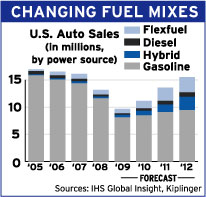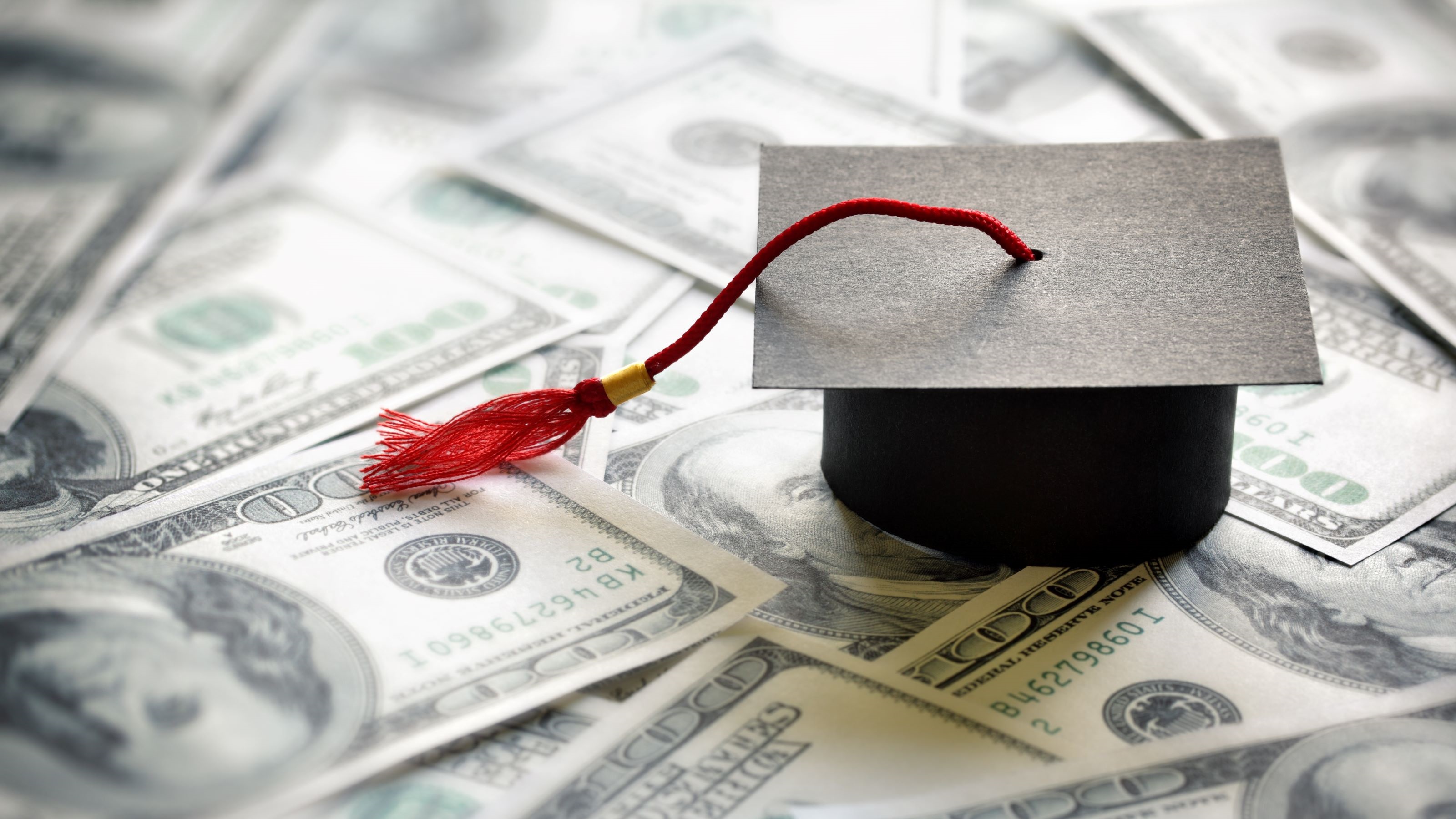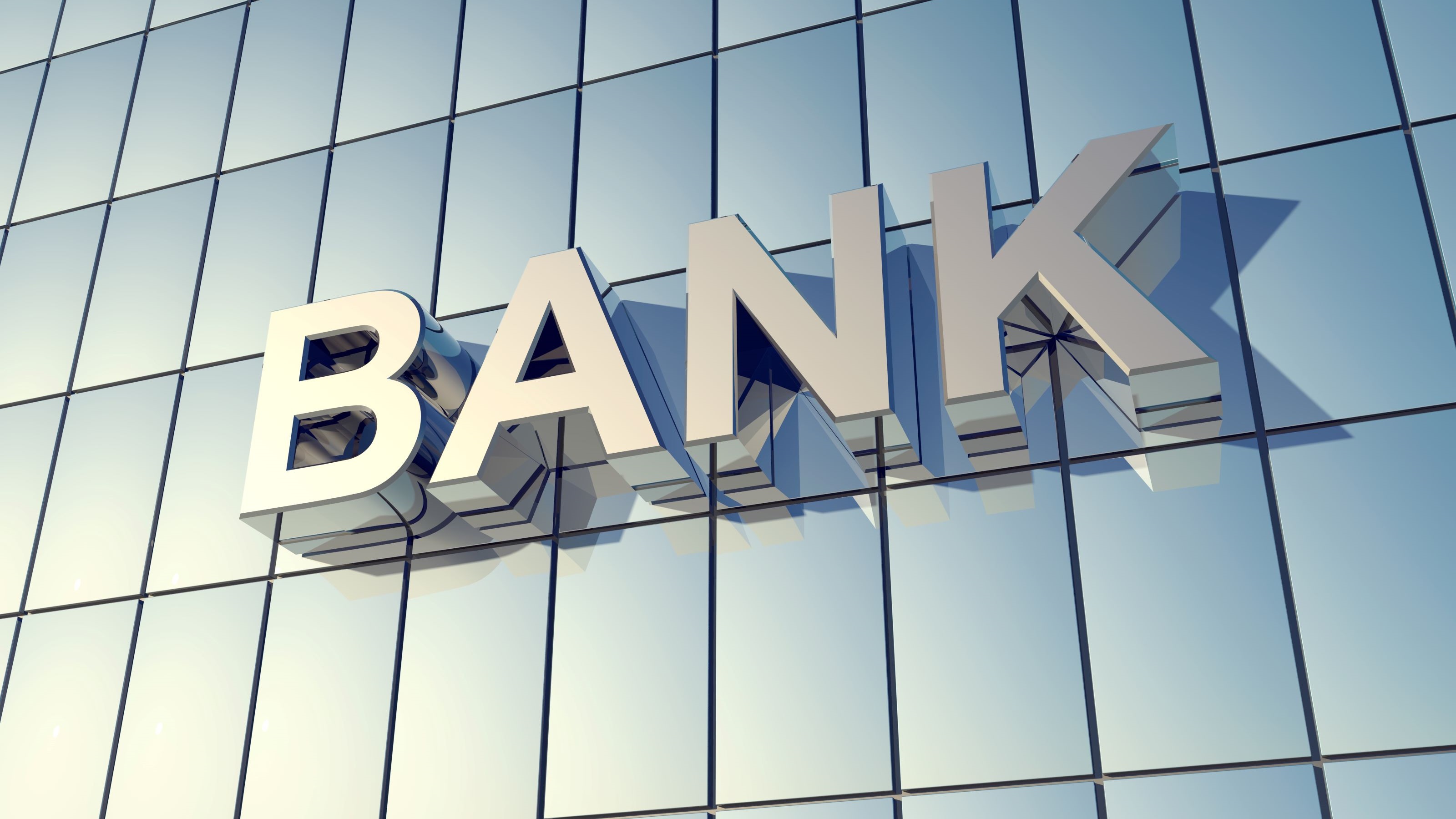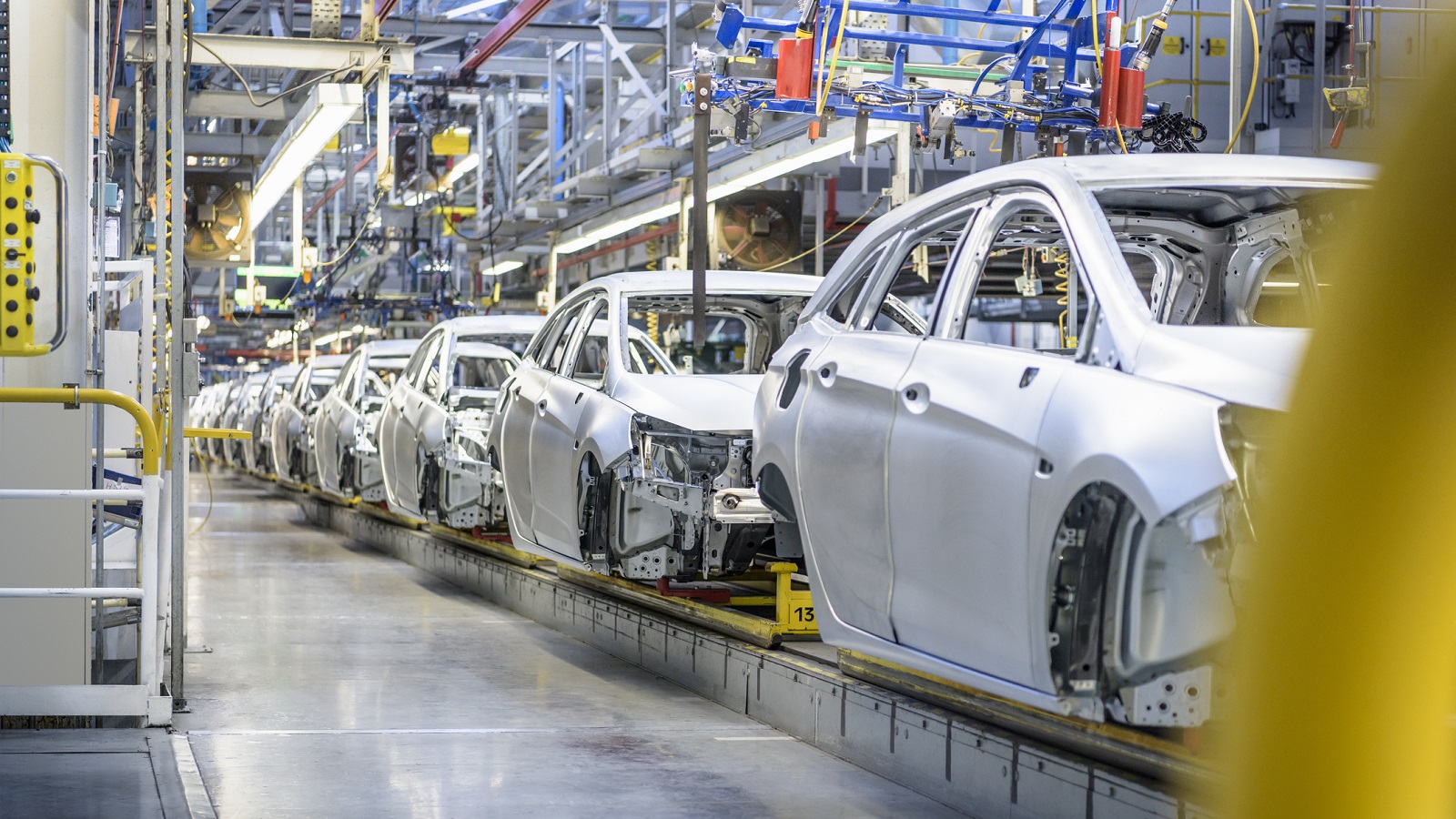Diesel Isn’t the Fuel of the Future
Hybrids and hydrogen powered cars will rule the road in years to come.
Most automakers are ditching plans to beef up production of diesel cars as a way to meet tougher federal mileage and emissions regulations. They now think that making diesels that are competitively priced will cost a mint and worry that down the road, Uncle Sam will tighten curbs on nitrogen oxide emissions.Beginning this fall, they’ll go like gangbusters on hybrids, with Ford, General Motors, Toyota and Nissan bringing out new hybrid models and more gasoline-electric versions of current vehicles.
Carmakers are betting that costs will come down rapidly, with sticker prices just a few hundred dollars more than gas powered cars by 2015, thanks to advances in technology and increased production. Today, hybrids are still $1,500 to $2,000 more costly than gas versions. The differential for diesels is at least twice that much.
Automakers also fret that no matter what the sticker price on a diesel powered car, most consumers will shy away from buying one. “It is a matter of consumer perception, and the gasoline hybrid gets a lot more green-image mileage in the U.S. than diesels,” says Aaron Bragman, an auto analyst with IHS Global Insight, a business consultancy. No amount of jujitsu advertising can alter most consumers’ perception that it also costs a lot more to fill a car tank with diesel fuel than with gasoline, Bragman says.

Sign up for Kiplinger’s Free E-Newsletters
Profit and prosper with the best of expert advice on investing, taxes, retirement, personal finance and more - straight to your e-mail.
Profit and prosper with the best of expert advice - straight to your e-mail.

Diesel is still a go for European makers, including Audi, BMW, Mercedes-Benz and Volkswagen, and they plan to increase U.S. sales. Of course, most of these cars will be ultra-spiffy luxury models, whose buyers aren’t much concerned with engine price premiums or fill-up costs. Diesel models are the European automakers’ stock in trade, and the majority of vehicles on the Continent’s roads run on the fuel.
Honda’s planning a different route altogether: Expanding its high mileage gasoline and hybrid offerings over the next few years and then building hydrogen fueled vehicles. It has set up a production plant in Japan to turn out 200 FCX Clarity-brand cars, which will use onboard fuel cells to convert the hydrogen to electricity to power the motor and recharge batteries.
These cars’ only emissions will be water vapor. A tiny fleet of Claritys is getting road trials in California, where consumers are tooling around freeways and local streets, providing feedback to Honda on handling and ease of use. They’re willing to pay $600 a month in lease charges for the chance to drive them.
But you won’t see many hydrogen fueled cars on the road for eight to 10 years. The holdup isn’t technology, but the lack of hydrogen filling stations. There are only about 60, about half of them in California. Elsewhere, filling stations are largely located at airports and used to serve specialty vehicles that ferry luggage and fuel, for example.
For weekly updates on topics to improve your business decisionmaking,
Get Kiplinger Today newsletter — free
Profit and prosper with the best of Kiplinger's advice on investing, taxes, retirement, personal finance and much more. Delivered daily. Enter your email in the box and click Sign Me Up.
-
 Stock Market Today: Stocks Gain on Tech, Auto Tariff Talk
Stock Market Today: Stocks Gain on Tech, Auto Tariff TalkThe Trump administration said late Friday that it will temporarily halt tariffs on some Chinese tech imports.
By Karee Venema
-
 Sam's Club Plans Aggressive Expansion: Discover Its New Locations
Sam's Club Plans Aggressive Expansion: Discover Its New LocationsSam's Club expansion plans will open up to 15 new stores each year. Learn where they plan to open in 2025.
By Sean Jackson
-
 What To Know if You’re in the Market for a New Car This Year
What To Know if You’re in the Market for a New Car This YearThe Kiplinger Letter Buying a new car will get a little easier, but don’t expect many deals.
By David Payne
-
 Will Lower Mortgage Rates Bring Relief to the Housing Market?
Will Lower Mortgage Rates Bring Relief to the Housing Market?The Kiplinger Letter As mortgage rates slowly come down here's what to expect in the housing market over the next year or so.
By Rodrigo Sermeño
-
 Car Prices Are Finally Coming Down
Car Prices Are Finally Coming DownThe Kiplinger Letter For the first time in years, it may be possible to snag a good deal on a new car.
By David Payne
-
 New Graduates Navigate a Challenging Labor Market
New Graduates Navigate a Challenging Labor MarketThe Kiplinger Letter Things are getting tough for new graduates. Job offers are drying up and the jobless rate is increasing. Are internships the answer?
By David Payne
-
 When's the Best Time to Buy a Domestic Flight? The Kiplinger Letter
When's the Best Time to Buy a Domestic Flight? The Kiplinger LetterThe Kiplinger Letter A new study by CheapAir.com has crunched the numbers.
By Sean Lengell
-
 Woes Continue for Banking Sector: The Kiplinger Letter
Woes Continue for Banking Sector: The Kiplinger LetterThe Kiplinger Letter Regional bank stocks were hammered recently after news of New York Community Bank’s big fourth-quarter loss.
By Rodrigo Sermeño
-
 Anxious Flyers Take Note: The Kiplinger Letter
Anxious Flyers Take Note: The Kiplinger LetterThe Kiplinger Letter Whether it's the routes to avoid that have the most turbulence or the safest airline, we've got you covered.
By Sean Lengell
-
 The Auto Industry Outlook for 2024
The Auto Industry Outlook for 2024The Kiplinger Letter Here's what to expect in the auto industry this year. If you’re in the market for a car it won’t be quite as daunting as it was during the pandemic and after.
By David Payne